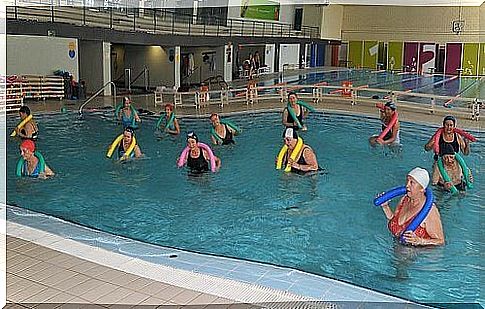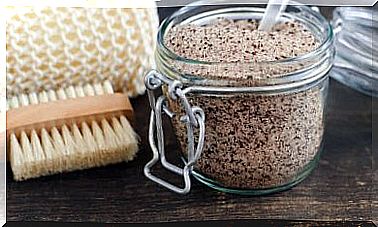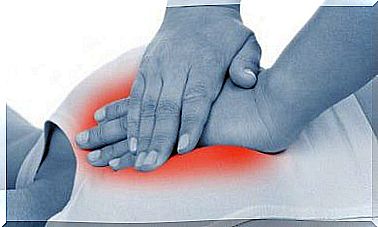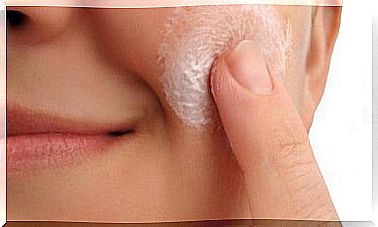Osteoarthritis Of The Ankle: A Silent Pain That Many People Suffer From
Even though osteoarthritis of the ankle appears with age, there are certain habits that are best adopted for prevent it or slow down its advance.
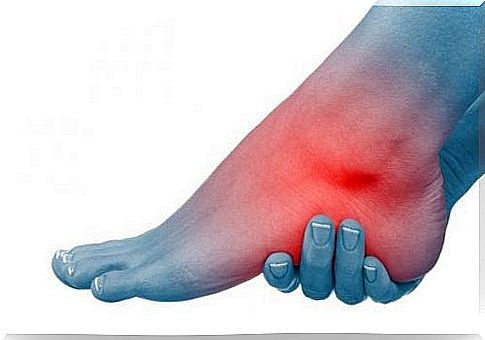
Osteoarthritis of the ankle limits the quality of life for many people. It is a silent, persistent pain that hinders mobility and does not always subside with a pain reliever.
It is more often referred to as wear and tear on the pelvis or knee, but osteoarthritis of the ankle is a very common type of osteoarthritis, linked to degenerative diseases.
Likewise, know that the ankle joint is essential for walking. In addition, its function is essential so that our postural axis formed by the pelvis, the knee and the foot are in harmony.
There are several factors that affect the health and strength of all of these complex structures that make up this joint.
Osteoarthritis is undoubtedly a disease that acts as a curse on our quality of life. In this article, we provide more information about this issue.
Where does osteoarthritis of the ankle come from?
This type of osteoarthritis results from the progressive wear and tear of the cartilage in the ankle joint. It is common that after several years the ankle is very rigid and shows deformities.
Bone spurs can also appear, causing pain.
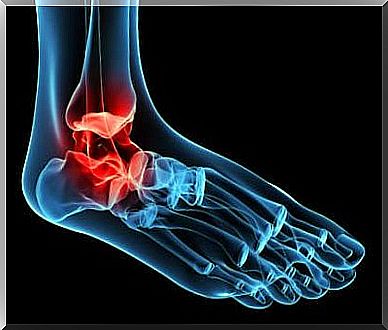
The causes that favor the appearance of osteoarthritis of the ankle can be multiple:
- Have suffered from several sprains.
- To be sporty.
- The presence of cysts or abnormal bone growth.
However, autoimmune disorders like rheumatoid arthritis or psoriasis also promote the gradual onset of this problem.
- Traumatologists also tell us about a very specific cause: ankle deformation. Sometimes it is enough to have flat feet and the risk of developing osteoarthritis of the ankle is greater.
Also note that there is not always a specific cause for the origin of osteoarthritis of the ankle.
Sometimes we suffer from what is known as “primary osteoarthritis”, which is characteristic of older people.
What are the symptoms of osteoarthritis of the ankle?
The first warning that the wear and tear of the cartilage in this joint gives us is pain when walking.
- Pressure appears. Throbbing discomfort in the ankle forces us to keep it at rest for several minutes to relieve the pain.
- Later, you may notice some swelling and even difficulty putting on some shoes.
- Likewise, many patients complain of pain at night.
- Little by little, and because of the progressive deformation that these structures can generate, we can also suffer from a calcaneal spur.
Treatments for ankle osteoarthritis
Ankle infiltration
One of the most common treatments are joint infiltrations based on hyaluronic acid and corticosteroids.
- The infiltrations improve the mobility of the joint temporarily because they allow lubrication of these structures and better mobility.
Once again, be aware that the effect is temporary.
Specialized insoles
The opinion of specialists is basic in these cases. They will recommend the most suitable treatment according to your characteristics.
- Another common strategy is the use of corrective insoles. This makes it possible to adjust and correct the deformation of the foot.
- They also help reduce the force of the impact of walking on the ankle and alleviate pain.
- There are also special shoes on the market with a special sole to take care of our ankles.
Surgical treatment
Once our traumatologist makes the diagnosis, it is possible to relieve the pain with a medical procedure known as an arthroscopy.
- It is effective in the initial stages, where the joint is corrected with a simple and usually quick operation.
On the other hand, and only in the most serious cases where joint destruction is already very advanced, one can opt for a full ankle prosthesis.
Thus, the mobility of the joint is recovered in its entirety.
How can we prevent ankle osteoarthritis?
We cannot forget that ankle osteoarthritis can be crippling. So, as much as possible, we must prevent it and slow down its advance.
Take note of small, simple strategies:
- Do mobility exercises in the swimming pool.
- Also walk on flat surfaces where there is no drop.
- Maintain an appropriate weight.
- Avoid heavy use of heeled shoes.
- Finally, walk several hours a day barefoot.
To conclude, we remind you of something important: Osteoarthritis problems are mainly caused by genetics.
So, it is common that once over 55, symptoms appear.
Consult your traumatologist and ask him what are the tips and techniques you should adopt to ensure good joint health or at least stop the progression of the disease.
